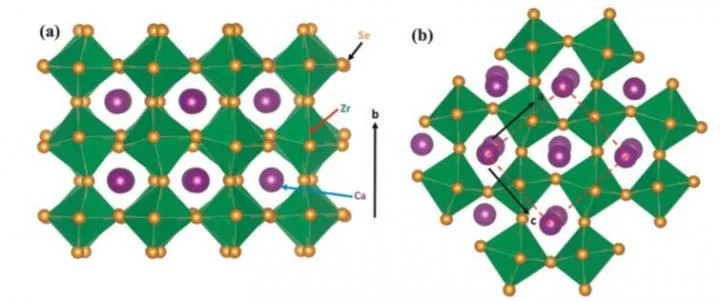Chalcogenide perovskite materials for waste heat recovery and solar power
- The recent study has shown that metal chalcogenide perovskite materials may be utilized for conversion of heat energy into consumable electrical power. These compounds, suitable for solar cell production, feature excellent aqueous and thermal stability. Another benefit is nontoxicity of their elements.

It has been proven that chalcogenide perovskites provide higher stability compared to hybrid inorganic-organic perovskite materials. This makes them more appropriate for solving such major problems in commercial manufacturing of PV cells as toxicity and thermal instability, compared to other perovskites.
A group of scientists from Pennsylvanian university is currently investigating the mechanism of heat energy transfer of CaZrSe3 for solar power usage. The substance is extremely promising for solar power industry. It may be utilized for WHR purposes, converting heat energy into electricity.
The compound has been suggested for solar industry, particularly for single-junction thin-film photovoltaics, as it has an optimal bandgap of 1.40 electronvolt for such cells.
The scientists have examined both the lattice and electronic properties of the material by means of quantum chemical calculations.
Also read

